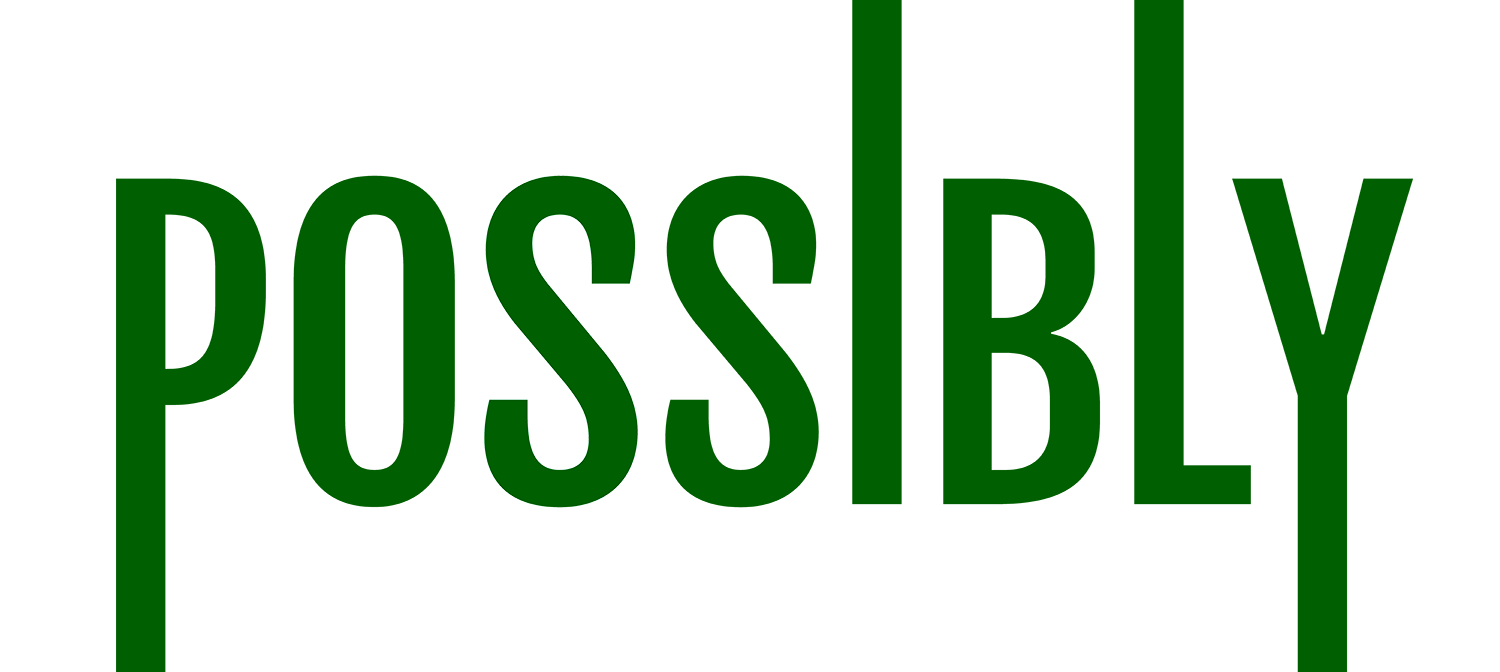
Megan Hall: Welcome to Possibly, where we take on huge problems like the future of our planet and break them down into small questions with unexpected answers. I’m Megan Hall.
Lead paint and leaded gasoline haven’t been used in American homes or cars for nearly 30 years. But researchers say that these sources of lead are still an environmental hazard. But why?
We had Nat Hardy and Will Malloy from our Possibly Team look into this question.
Nat Hardy: Hi, Megan!
Will Malloy: Hello!
Megan Hall: So, why are we still worried about lead?
Nat Hardy: Well, lead used to be in a lot of products. It was used to make paint more durable, and in gasoline to help engines run smoother.
Will Malloy: But it’s also really dangerous. If it gets into your body, it can harm brain development, especially in young children.
Nat Hardy: Because of the health effects of lead, the federal government started phasing it out in the 70s.
Megan Hall: Okay, but that was decades ago. Problem solved, right?
Will Malloy: Not quite! It’s still a problem, We talked to Gabe Filippelli, a professor of earth sciences at Indiana University, to figure out why.
Gabe Filippelli: Lead is one of these elements– it is an element, meaning, unless alchemy works at some point, we’re stuck with it.”
Nat Hardy: Once it’s been introduced into the environment, lead doesn’t break down or wash away. So even though we’re not adding any new lead into our environments today, it’s not going away either.
Will Malloy: These leftover sources of lead in the environment are called “legacy sources,” and they’re still a risk for people’s health today.
Megan Hall: Well that doesn’t sound good! Do we know where to find these legacy sources?
Nat Hardy: We do! The major legacy sources of lead are in soil and dust near where the lead was originally used.
Will Malloy: For example, when the paint on old houses peels or cracks, the soil around the house can be contaminated. Then that soil can get blown into the air as dust.
Nat Hardy: The exhaust from cars with leaded gas also contaminated the soil. Gabe still sees this when he tests for lead.
Gabe Filippelli: You will see a very definitive peak in soil lead near the roadway and a decline away from the roadway.”
Megan Hall: I didn’t realize lead could be in the soil. When I’ve heard people talking about lead these days, they’re mostly just talking about lead water pipes.
Nat Hardy: And they’re right about that too! Almost 10 million water pipes in the U.S. are made of lead.
Will Malloy: And when water quality is mismanaged, these pipes can corrode, allowing lead to enter drinking water.
Nat Hardy: But recently, the EPA announced a plan to replace every lead service line in the country over the next ten years.
Will Malloy: So we’re making great progress getting lead out of drinking water. But, research has shown that contaminated soil and dust can cause lead exposure just as much as pipes can
Nat Hardy: Especially for toddlers who spend a lot of time playing on the ground, and putting things in their mouths…
Megan Hall: So what can we do about this lead in the soil?
Will Malloy: Nationally, The EPA plans to update the country’s regulations around lead in soil. A change like this could encourage soil cleanup projects.
Nat Hardy: And at home, there are affordable options to keep your kids safe.
Megan Hall: Like what?
Will Malloy: You can get your home or yard tested for lead…
Nat Hardy: And If you find elevated levels, you can put down a thick layer of mulch to cover up contaminated dirt.
Megan Hall: I’m starting to feel overwhelmed…
Will Malloy: No, it’s okay! It’s not that bad. There’s a ton of reasons to be optimistic about cleaning up lead.
Nat Hardy: Children born in the last decade already have way lower lead levels than people born in the 70s.
Will Malloy: And Gabe says that cleaning up lead is something everyone can get behind.
Gabe Filippelli: It’s a little bit different than climate change, where we have so many embedded processes that use fossil fuels to emit carbon dioxide. Lead no longer has any embedded interest. Now we just need to clean it up.”
Megan Hall: Got it. Thanks, Nat and Will!
That’s it for today. For more information, or to ask a question about the way your choices affect our planet, go to thepublicsradio.org/possibly. Or subscribe to us wherever you get your podcasts.
You can also follow us on Instagram, Facebook or X at “askpossibly”
Possibly is a co-production of The Public’s Radio, Brown University’s Institute for Environment and Society, and Brown’s Climate Solutions Initiative.
The post Why are we still worried about lead? appeared first on TPR: The Public's Radio.
